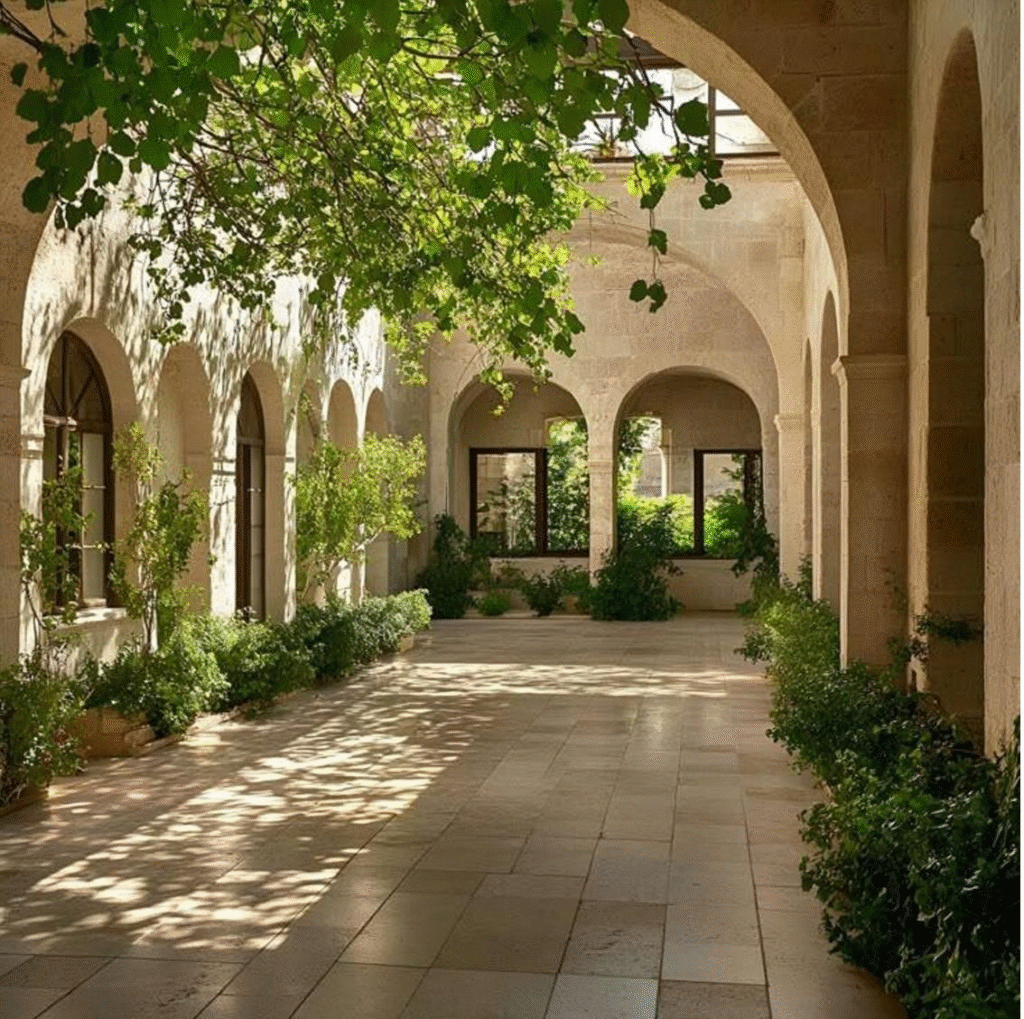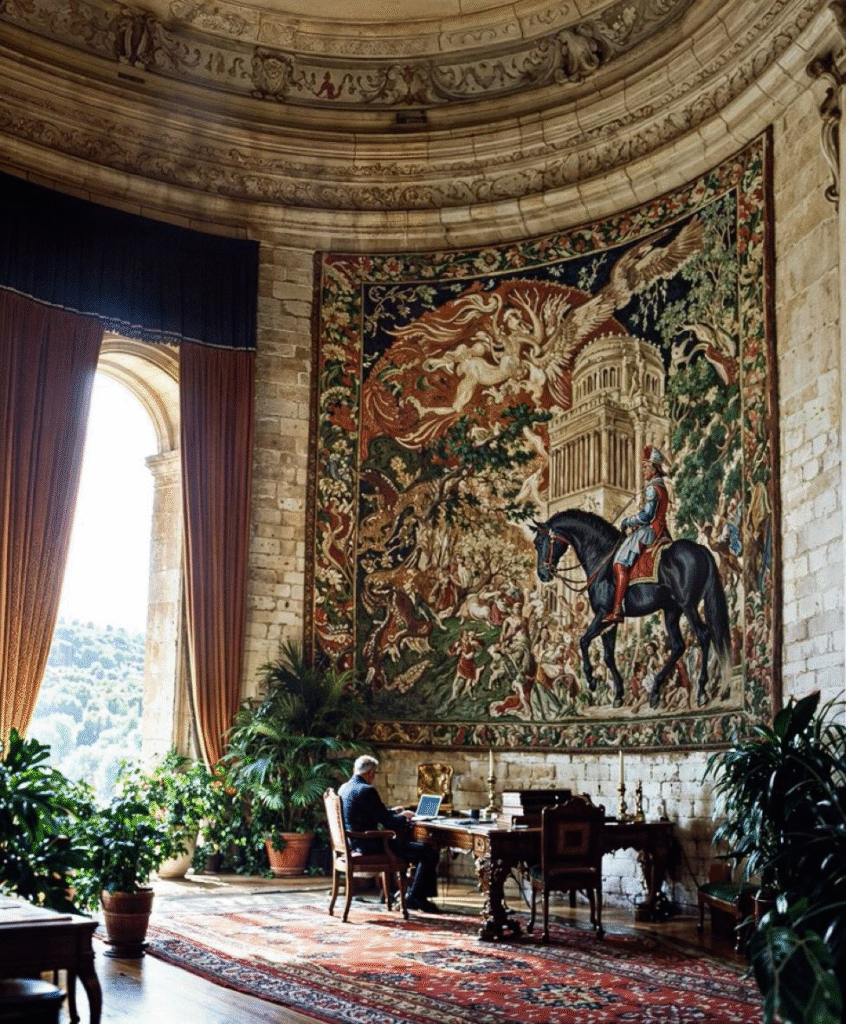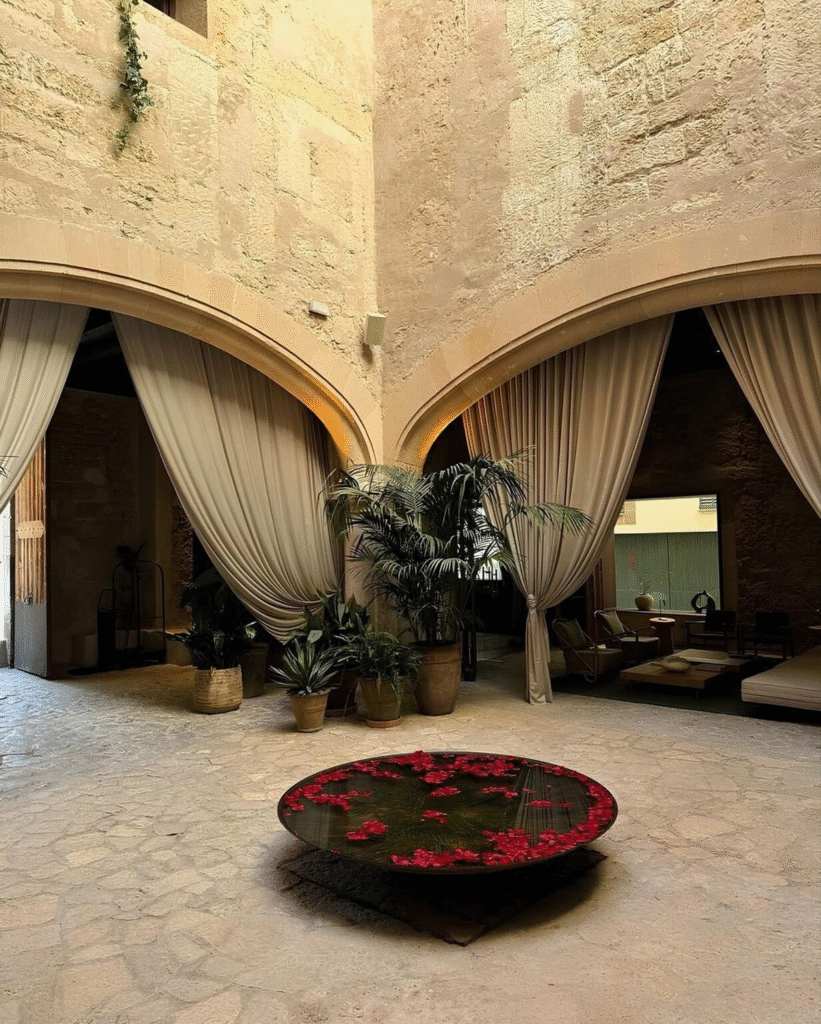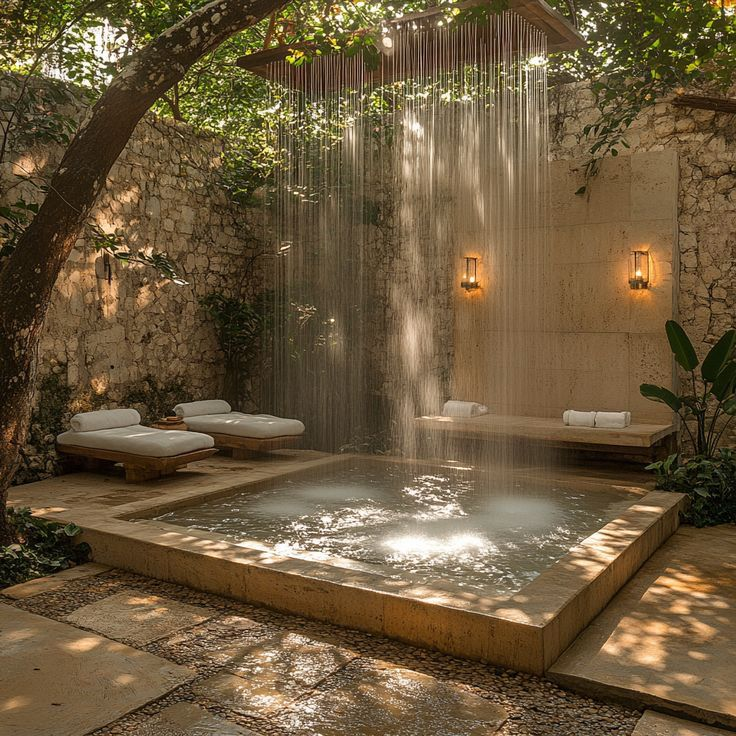Introduction

In a world that often moves too fast, remembrance rooms offer quieter, sacred spaces dedicated to memory, reflection, and emotional healing. These rooms—whether in homes, public institutions, cemeteries, or community centers—serve as intentional sanctuaries where individuals and communities preserve connections with lost loved ones, process grief, and celebrate enduring bonds.
Far from mere displays of memorabilia, remembrance rooms embody deep cultural, psychological, and architectural meaning. Through thoughtful design and sensory experience, they facilitate healing by providing atmospheres that support emotion, memory, and spiritual comfort. In contemporary life, where mourning can be fragmented or marginalized, these spaces reclaim the vital practice of remembrance as both personal ritual and communal act.
This article offers an expansive examination of remembrance rooms: their significance, psychological impact, design principles, sensory and architectural elements, notable examples, and emerging innovations. It also addresses ethical and cultural considerations essential to honoring diverse traditions with dignity and respect. Whether you are a designer, homeowner, or community leader, this comprehensive guide illuminates how remembrance rooms transcend bricks and mortar to nurture memory as a living, healing, and connective force.
The Concept and Importance of Remembrance Rooms

Cultural and Spiritual Dimensions
Remembrance rooms have roots in global traditions of memorialization—shrines, altars, and dedicated chambers honoring the deceased. Historically, such spaces created continuity between the living and the departed, intertwining memory, spirituality, and identity. They provided places for storytelling, ritual, and family gathering, reinforcing social bonds and collective history.
In contemporary contexts, remembrance rooms reflect evolving cultural practices around grief and memory. They function as tangible proxies for relationships that death cannot sever. More than static monuments, they are activated through engagement, ceremony, and care. As Henri Lefebvre emphasized, space gains meaning through human experience and collective narrative, making remembrance rooms dynamic places of lived memory.
Therapeutic Importance
Psychologically, remembrance rooms offer key benefits for emotional well-being. They provide a dedicated environment for:
- Grief processing: Allowing expression, catharsis, and ritual slows grief’s often tumultuous course.
- Memory preservation: Physical objects and carefully curated atmospheres evoke positive autobiographical memories, sustaining the continuing bond with the loved one.
- Reflection and Solace: Quietude and sensory symbolism facilitate calm, acceptance, and emotional recovery.
This interior sanctum contrasts with the external world’s demands, giving space to sorrow, love, and hope. Creating such environments has been linked to reduced anxiety, enhanced meaning-making, and resilience in the face of loss.
Psychological and Emotional Impact of Remembrance Spaces

Research from psychology and neuroscience underscores the profound ways spatial environments influence cognition and emotion, particularly in contexts of loss.
Memory and Mood
Positive autobiographical memory recollection—triggered by photos, meaningful objects, or sensory cues—can buffer acute stress and elevate mood. Functional brain imaging shows that recalling happy events activates reward and emotion regulation circuits, moderating cortisol release and alleviating negative feelings.
Remembrance rooms, by embedding such memory cues within a supportive environment, extend these benefits beyond passing recollection to ongoing emotional regulation. This creates a “living memory” that nurtures both mind and spirit.
Sense of Control and Agency
Creating and maintaining a remembrance room gives mourners active roles in shaping their grief journey. Engaging in the selection of items, the spatial arrangement, and rituals within the space reinstates a sense of control that loss can undermine. This productive agency supports adaptive coping and mitigates feelings of helplessness.
Social and Communal Healing
When remembrance rooms serve as shared spaces—whether in cemeteries, community halls, or therapeutic centers—they enable collective mourning and support networks. Communal rituals foster solidarity, shared meaning, and intergenerational transmission of memory, essential to social resilience.
Design Principles for Remembrance Rooms

Designing remembrance rooms involves a delicate balance of functionality, symbolism, and emotional resonance. The following principles guide the creation of these meaningful environments:
1. Creating a Calm and Reflective Atmosphere
Spaces should invite quiet contemplation and solace. This involves minimizing clutter, controlling noise, and providing comfortable seating. Neutral or warm color palettes and soft lighting encourage relaxation without distraction.
2. Facilitation of Personalization
Remembrance is deeply personal. Rooms should accommodate customized displays—photos, objects, inscriptions—that allow users to express unique bonds and narratives. Flexible shelving, display niches, or digital photo frames enhance this adaptability.
3. Encouraging Engagement and Ritual
Design elements that support recurring visitation and rituals—such as spaces for candle lighting, flower placement, or interactive memory walls—help embed remembrance into everyday life and special anniversaries.
4. Minimizing Sensory Overload
While sensory richness can aid memory, excessive stimuli risk agitation, especially among vulnerable visitors. Balancing sensory inputs—sound, light, scent—is crucial to maintain comfort.
5. Symbolism and Metaphor
Incorporate symbolic forms (circles for eternity, light for hope, water for renewal) that resonate universally yet allow personal interpretation. Subtlety ensures symbolism uplifts without overwhelming.
6. Accessibility and Inclusivity
Design must accommodate diverse physical abilities, cultural backgrounds, and grief practices. Clear wayfinding, adjustable furniture, and multilingual signage foster openness.
Architectural and Sensory Elements

Natural Light and Connection to Nature
Daylight regulates circadian rhythms and uplifts mood. Large windows, skylights, or courtyard gardens connect users visually and physically to the natural environment, reinforcing life’s continuity amidst loss. Seasonal changes in light and flora provide dynamic, living metaphors of memory and rebirth.
Acoustics and Soundscapes
Quietness is essential, but thoughtfully designed soundscapes—gentle instrumental music, nature sounds, or silence—can enhance emotional comfort. Absorptive materials reduce disruptive echoes.
Materiality and Texture
Natural, tactile materials (wood, stone, textiles) ground spaces in sensory warmth and familiarity. The patina of aged or handcrafted surfaces evokes history and continuity.
Spatial Configuration and Flow
Layouts often center around a symbolic feature—a memorial altar, a garden, or artwork—with circulation paths encouraging reflection through movement. Circular arrangements create feelings of wholeness and return, as seen at ‘The House of Remembrance’ by Neri & Hu.
Use of Technology
Digital memory walls, interactive archives, or virtual reality experiences augment the physical space, enabling storytelling and memory preservation in versatile, evolving formats.
Notable Examples and Case Studies

The House of Remembrance by Neri & Hu (Singapore)
This residence exemplifies memory embedded in architecture. Central to the design is a courtyard memorial garden—a carved void symbolizing the heart of the home. The circular circulation reinforces spiritual and physical return, blending personal memory with living space. Materials transition texturedly from wood-like concrete to smooth surfaces, enhancing sensory depth and nostalgia.
Memorial Rooms in Cemeteries and Community Centers
Well-designed remembrance rooms adjacent to chapels, like the one at Haycombe Cemetery in the UK, include books of remembrance and memorial sculptures, providing private yet public spaces for thoughtful visitation and ritual. Staff care in maintaining features such as daily turning of memorial pages underscores ongoing respect and community connection.
The South Haven Centre for Remembrance (Canada)
This facility balances ephemeral and permanent memory aspects through spatial sequencing, connecting visitors emotionally to the landscape, gravesites, and memorial artifacts. The partially submerged structure aligns architecture with geography and cultural narrative.
Modern Innovations and Technology Integration
- Digital Memorial Walls: Enhanced with photos, videos, and stories accessible local and remotely.
- Virtual Reality (VR): Immersive environments recreate spaces and experiences of memories, transcending physical limitation.
- AI-Powered Memory Curation: Systems catalog and highlight meaningful artifacts or narratives, assisting personal and communal remembrance.
- Interactive Interfaces: Touchscreens, gesture recognition, or augmented reality elements invite active visitor participation.
- Sensory Modulation: Automated lighting and soundscapes responsive to visitor presence create evolving atmospheres tailored to moments of grief or celebration.
Ethical and Cultural Considerations

Cultural Sensitivity and Inclusivity
Remembrance practices differ widely across cultures, religions, and individuals. Designers must engage diverse voices to ensure spaces meet varied symbolic, ritual, and emotional needs respectfully.
Avoiding Commercial Exploitation
Balancing revenue generation with dignity and authenticity is key. Over-commercialization risks stripping remembrance rooms of their sacred nature.
Privacy and Respect
Spaces must safeguard personal information and provide quiet privacy, especially when grief is fresh.
Accessibility and Neurodiversity
Accommodating cognitive differences and physical abilities ensures all visitors find comfort and meaning.
Guidelines for Developing Remembrance Rooms

- Collaborate with Stakeholders: Engage families, cultural leaders, therapists, and community members in concept development.
- Prioritize Flexibility: Allow spaces to adapt for changing needs and multi-use.
- Focus on Quality over Quantity: Select materials, art, and furnishings that foster lasting emotional resonance.
- Train Staff and Volunteers: Ensure compassionate stewardship for ongoing maintenance and visitor support.
- Integrate Nature: Incorporate gardens, water features, and daylight.
- Balance Tradition with Innovation: Respect rituals while thoughtfully applying new technologies to broaden access and engagement.
- Consider Scale: Design rooms that function well for individual reflection or group ceremonies.
- Maintain Ethical Standards: Set clear policies on data, commercialization, and visitor conduct.
Conclusion
Remembrance rooms hold timeless importance as curated portals between past and present, grief and healing, memory and life. Their thoughtful design—balancing sensory richness with calm, symbolic meaning with personal expression, architecture with nature—creates havens where loss can be honored and love preserved. In an era of rapid change and disconnection, these sanctuaries offer enduring refuges of solace, reflection, and connection.
For practitioners aiming to craft such spaces, embracing cultural sensitivity, psychological insight, and architectural artistry ensures remembrance rooms will continue to serve as vital places of hope, memory, and communal care for generations to come.
For expert guidance on designing, planning, or enhancing remembrance rooms in private, public, or institutional contexts, please contact:
Mishul Gupta
Email: contact@mishulgupta.com
Phone: +91 94675 99688
Website: www.mishulgupta.com
